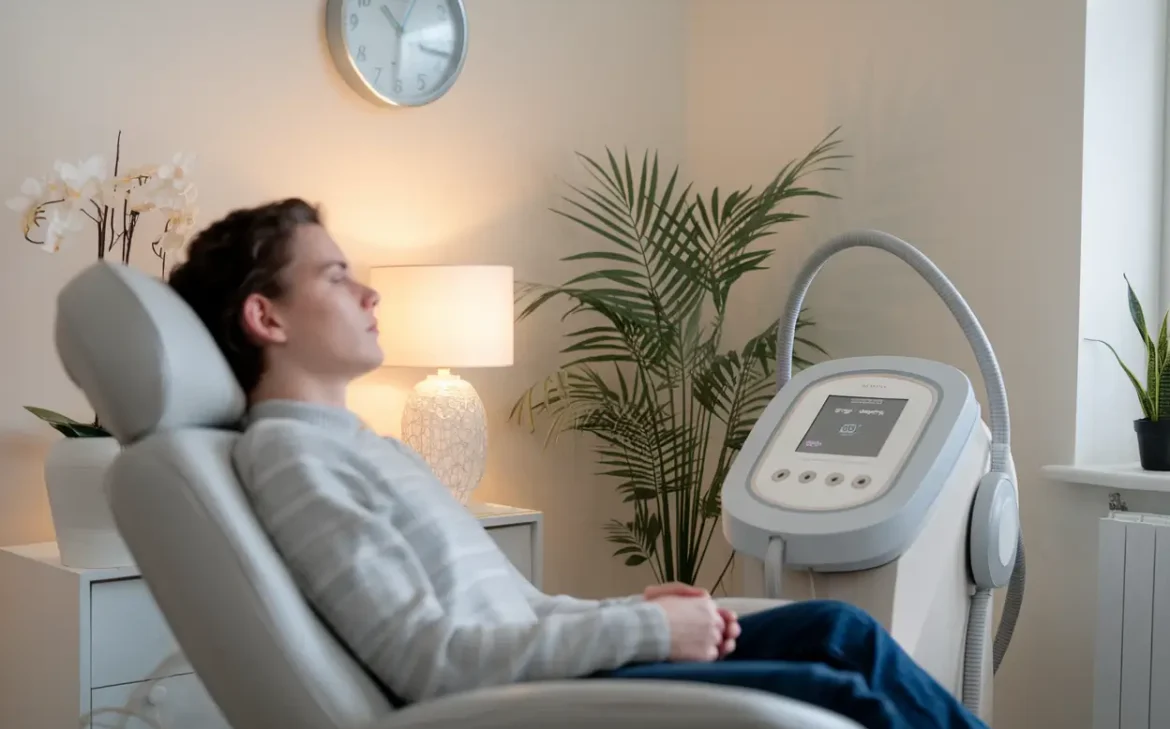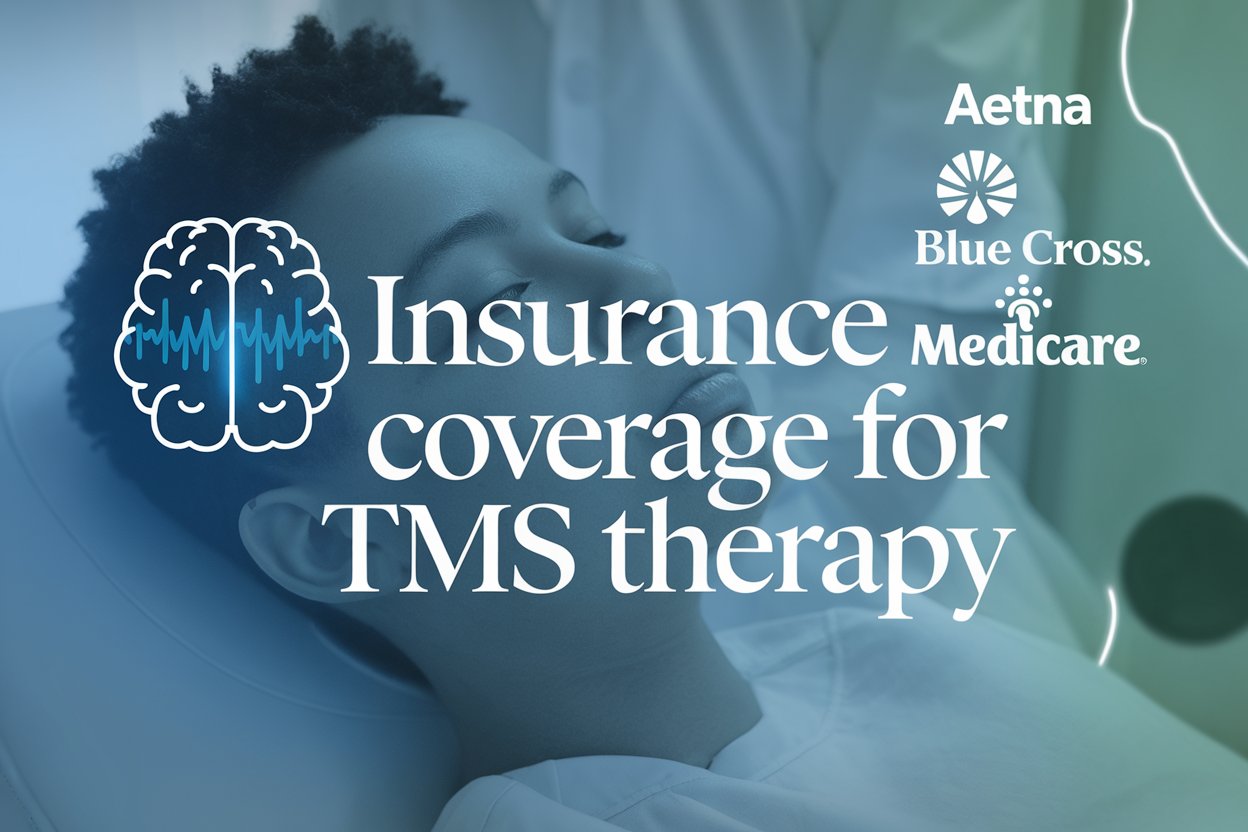If you’re dealing with depression or anxiety and haven’t found success with traditional treatments, you may have considered Transcranial Magnetic Stimulation (TMS) therapy. This non-invasive treatment uses magnetic pulses to target areas of the brain that are involved in mood regulation.
But when it comes to navigating the insurance maze, especially with UMR, things can get tricky. Finding an in-network UMR TMS therapy provider in Phoenix and Scottsdale is essential to minimizing out-of-pocket costs and simplifying the process.
This blog will guide you through how to find in-network providers, check your UMR coverage, and overcome common insurance hurdles, based on real user experiences.
What Is TMS Therapy?
Transcranial Magnetic Stimulation therapy is a non-invasive treatment that uses magnetic pulses to stimulate nerve cells in the brain. It’s primarily used for patients who have not responded to other forms of treatment for depression or anxiety.
During a typical session, the patient sits in a comfortable chair, and a magnetic coil is placed on the scalp. The device sends short pulses of magnetic energy to specific regions of the brain, aiming to improve mood and mental well-being.
How TMS Therapy Works
- Step 1: You sit in a chair, and a magnetic coil is placed on your scalp.
- Step 2: The coil delivers magnetic pulses to stimulate brain regions that help regulate mood.
- Step 3: Sessions are usually painless and last 20-40 minutes.
- Step 4: Multiple sessions are typically required for best results.
UMR’s Coverage for TMS Therapy
When it comes to insurance, understanding your coverage is key. Anthem offers health insurance plans through UMR, and while TMS therapy is covered by most UMR policies, there may be variations depending on your plan. It’s crucial to verify what’s included and ensure that you choose an in-network provider to keep costs low.
What UMR Typically Covers for TMS Therapy
UMR typically covers TMS therapy for patients who have treatment-resistant depression or anxiety. However, your plan may require pre-authorization, and coverage can depend on your specific benefits. In some cases, Anthem may require a letter of medical necessity from your doctor or other supporting documents to approve TMS therapy.
Step-by-Step Process to Verify Your UMR Coverage
- Log into Your UMR Member Portal:
Check the benefits section related to mental health and TMS coverage. - Search for TMS Therapy:
Look for specific coverage details for TMS therapy under your mental health benefits. - Call UMR Customer Service:
If you can’t find clear information, speak directly with a representative to confirm coverage details. - Gather Documentation:
Have your doctor’s recommendation and any previous treatment records ready for submission.
Finding In-Network TMS Providers in Phoenix & Scottsdale
Choosing an in-network provider is essential for minimizing costs and simplifying the billing process. Anthem’s network of TMS providers in Scottsdale offers affordable options for those seeking TMS therapy. However, finding the right provider can sometimes be tricky.
Why In-Network Providers Matter
In-network providers accept your Anthem insurance plan, meaning your treatment costs will be significantly lower than if you see an out-of-network provider. Co-pays, deductibles, and other out-of-pocket expenses are usually much higher when you go out-of-network.
Actionable Steps to Find In-Network Providers:
- Use Anthem’s Online Provider Directory:
Anthem’s online directory allows you to search for in-network TMS providers in Scottsdale. Filter results by location and specialty. - Cross-check with Local Reviews:
Check websites like Google, Yelp, or health-specific forums to find patient reviews on TMS providers. - Contact Clinics Directly:
Call TMS clinics to confirm if they accept Anthem insurance and discuss their in-network status. - Verify Updated Listings:
Network affiliations can change, so always double-check with both Anthem and the clinic for the most current information.
Cost and Payment Options with Anthem
While TMS therapy can be effective, it’s essential to understand the costs involved. Anthem’s coverage for TMS therapy may cover most of the expenses, but out-of-pocket costs like co-pays and deductibles are still common.
Understanding Costs:
- Co-pays: A fixed fee that you pay at each visit.
- Deductibles: The amount you pay out-of-pocket before Anthem begins to cover your treatment.
- Additional Costs: These could include the cost of extra sessions or therapies related to TMS treatment.
Cost-Saving Tips:
- Ask About Payment Plans: Many TMS clinics offer payment plans or sliding-scale fees to make therapy more affordable.
- Look for Financial Assistance: Some clinics provide financial aid for qualified patients.
- Compare Costs: Shop around and compare prices between different in-network providers to find the most cost-effective option.
Overcoming Insurance Roadblocks
It’s common for patients to face delays or denials when trying to get TMS therapy approved by insurance. However, with the right approach, these hurdles can be overcome.
Common Approval Challenges:
- Delays in Approval: The pre-authorization process can sometimes take weeks.
- Claims Denials: Anthem may deny coverage due to missing documents or insufficient medical evidence.
Actionable Steps:
- Document Everything: Keep records of all communications with Anthem and your provider.
- Get a Strong Psychiatrist Recommendation: Your doctor’s letter of medical necessity is crucial in securing approval for TMS therapy.
- Submit Required Documents Promptly: Ensure you have all necessary documents ready when submitting your request.
- Appeal Denials: If your claim is denied, file an appeal with additional supporting documents.
Frequently Asked Questions (FAQs)
Does TMS therapy hurt?
Most patients report little to no discomfort during TMS therapy. Some may feel a mild tapping sensation or pressure on the scalp. The procedure is non-invasive, and most find it tolerable. Discomfort, if any, is typically brief and mild.
How many sessions are needed?
Typically, 20-30 sessions over a period of 4-6 weeks are required to see the full benefits of TMS therapy. Sessions are usually scheduled daily or several times a week, depending on the provider’s protocol and the patient’s response.
How do I confirm if a provider is in-network with Anthem?
To confirm if a provider is in-network with Anthem, you can use their online provider directory or call the clinic directly to ask about their network status. It’s always a good idea to double-check with both Anthem and the provider for clarity.
What should I do if my claim is denied?
If your TMS claim is denied, gather necessary documentation such as a letter of medical necessity from your doctor and any relevant treatment records. Then, submit an appeal to your insurer, providing the requested information and follow up to ensure the process moves forward.
Take the Next Step with American TMS Clinics
Ready to start your TMS therapy journey? At American TMS Clinics, we’re here to help.
What We Offer:
- In-network TMS therapy for Anthem members.
- Personalized treatment plans.
- A supportive, caring team.
Don’t wait to take control of your mental health. Verify your Anthem coverage today and contact American TMS Clinics to schedule your consultation. Let us help you find relief and reclaim your life.





